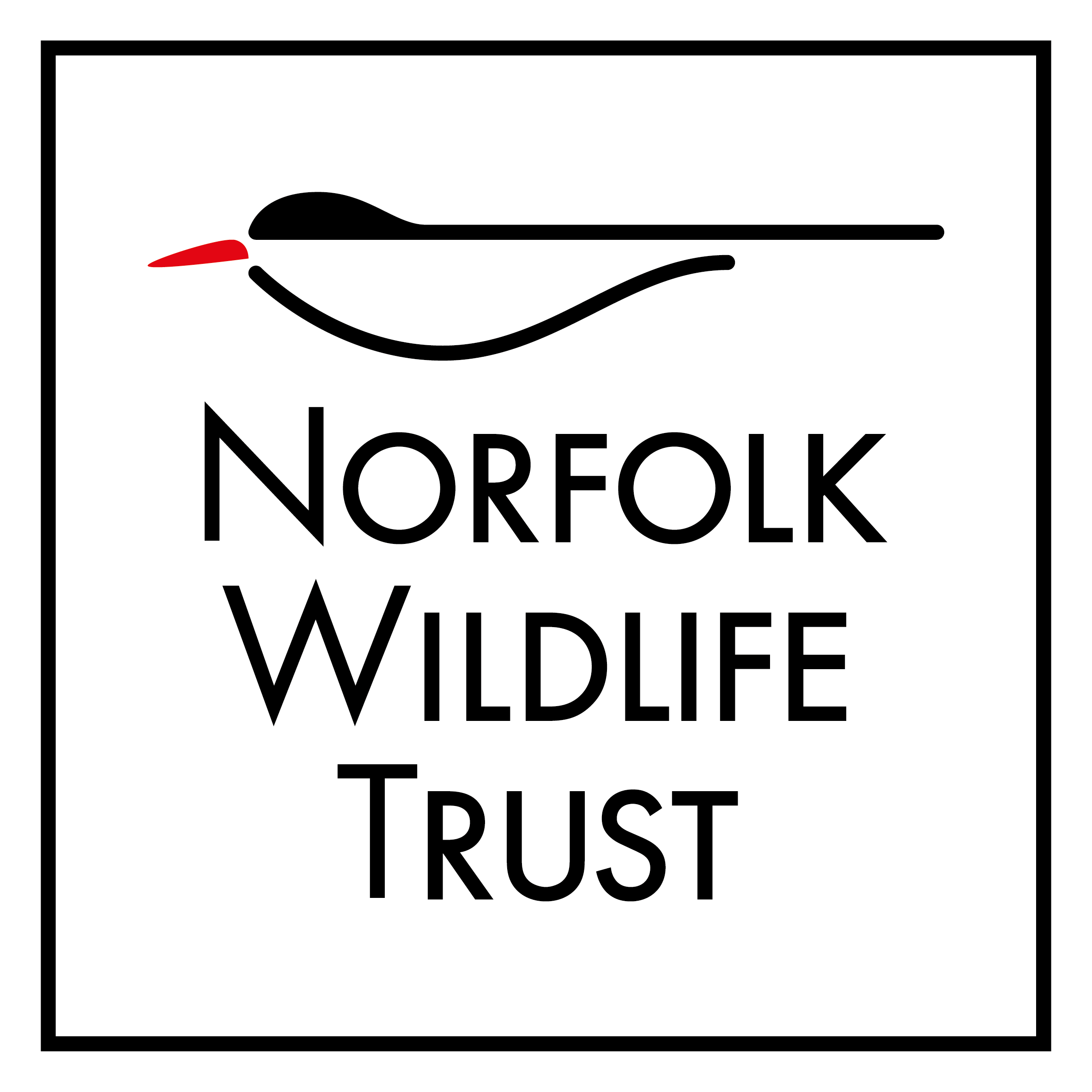Come with me on a seaside walk. Wear your wellies and a coat; and bring a scarf and gloves. Autumn is done now and the short, cold days of winter are upon us. Another year is grinding to its dark and bitter end.
Today, though, despite the icy, gusting wind, the afternoon is bright. The horizontal winter sun is glancing off the warm tan shingle of Cley beach. Our boots make a delicious crunching with each step we take, heard above the rattling stones pushed up the beach and down again by roiling grey-green surf.
Above us, where the restless shingle becomes land, the wind is shearing through the arcing, architectural seedpods of horned poppies. Their butter yellow petals have long gone, but their pods persist, singing in the wind. Between them, and between the wind-chapped stalks of summer’s sticky groundsel and sea beet, the shingle seems to shift and scurry. This mirage soon resolves itself into a flock of birds. Snow buntings. Winter visitors from the Arctic tundra, their dry trills bless our beaches through the winter. Their plumage marked in chalk and rust and ink, the busy buntings blend with ease into the mottled shingle of Cley beach.
To our north, there’s nothing but waves and wind between us and the Arctic Circle. Like dappled Norfolk beachstones, we’re dwarfed by the immensity of nature. The same wind chafing at my cheeks has stirred, perhaps, the fur of polar bears; has ruffled the ice-white wings of ptarmigan and felt the beluga’s warm and fishy breath. Across the wind-whipped sea that I can see today are plenty of summer inhabitants of the Arctic, driven here by winter’s cruelty.
Not far offshore, a slim bird rides the waves. Low in the water, its long neck stretches up at right angles to its body. White in the breast and throat and cheeks, its back is silver-grey. Its pick-sharp bill, held angled upwards – haughtily – is silver too. This is a red-throated diver. It laid its eggs and raised its chicks last summer by a peaty wetland in the tundra. Under the ceaseless summer sun, it wore a hood of velvet grey, broken by pencilled lines along its nape and by a slender chestnut triangle in its throat, only recalled in winter, on the sea, by the diver’s polished jasper eye.
Further out, there is a blur, a whirr, as a tiny bird flies east above the waves. This is a little auk. Millions of these pocket penguins breed in the Arctic, in coastal fields of scree. The bulk of them nest around the Norwegian Arctic archipelago of Svalbard, above lush green meadows grazed by reindeer. In winter, shedding their boot-black cowls, they take to the open water of the North Sea, typically far offshore. A small number can be seen off Norfolk, especially after early winter storms. The moody sea off Cley is as good a place as anywhere to see one, and today our luck is in.
We have reached the western sea wall now, and the narrow belt of shingle and shrubby seablite that – like the holdfast of a seaweed – anchors Blakeney Point in place. Bidding the sea farewell, we turn south along the muddy bank towards the village. In the Eye Field, to our east, the tawny blades of summer’s grasses shiver and by the Eye Pool sits a common gull, its putty-coloured bill thrust in defiance at the gnawing onshore wind. Behind its neat black eyes, perhaps it harbours thoughts of squealing summer colonies by slaty moorland rivers in the north.
The sea wall speaks of summer too. While all around us winter has bled colour from the landscape, here the fresh green leaves of alexanders promise spring. In April, the hollow stems of these young plants will reach for the early sun; the pungent heads of flowers will offer the year’s first nectar to countless bees and flies. For now, their leaves lie glossy on the bank, gathering early winter’s weakling sunlight, waiting for their time to bloom.
This is winter’s meaning. Hunkering, withdrawal, biding time and gathering energies. Without the cleansing cold of winter – without the storms and wind and too-short days – the soaring joy of spring would not be half so sweet. Without the tundra’s buntings lent for these short months, without the common gulls yowling in the gale, without the geese…
The geese. We hear their chest-deep burbling voices first. Dark-bellied brent geese from the tundra of Siberia. Soot dark and lovely, they’re flying low towards us from the saltmarsh around Blakeney Harbour, with the sinking sun behind them. Held together in families through the winter, by their constant gossip, they’re coming now to drink and rinse the sea’s brine from their plumage on the scrapes at Cley.
For almost 40 years I’ve known the geese here. I’ve watched the grandparents and great-grandparents of the very geese we’re seeing now. Like the whistling wigeon and the softly murmuring golden plover, they are the winter in this place. They’re the reason that we come.
There is a rosary quality to my walking here. Its meaning weightier with every repetition. A thousand times I’ve trudged this shingle; a thousand times I’ve slipped along Cley’s muddy banks; been overwhelmed by Russia’s envoy geese; a thousand times I’ve felt the spiteful north wind’s kiss at Cley. Each time my story has been stitched more intimately to this place.
I, of course, mean nothing to the buntings, nor to the alexanders, nor the geese; but they mean life to me. They are the beads by which I say my prayers. They are the beings which bring me, time and time again, to Cley. And knowing them is blessing.
---
Why not take yourself on a winter walk at NWT Cley and Salthouse Marshes or one of our other reserves?
